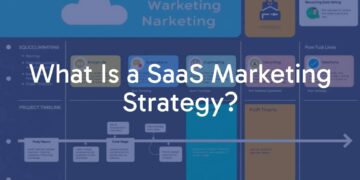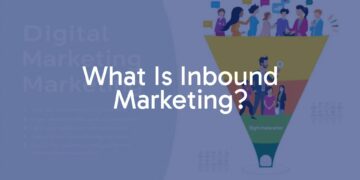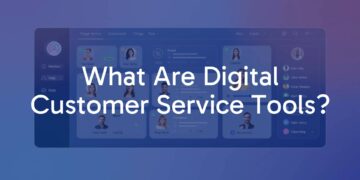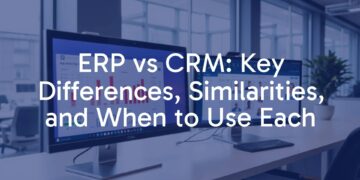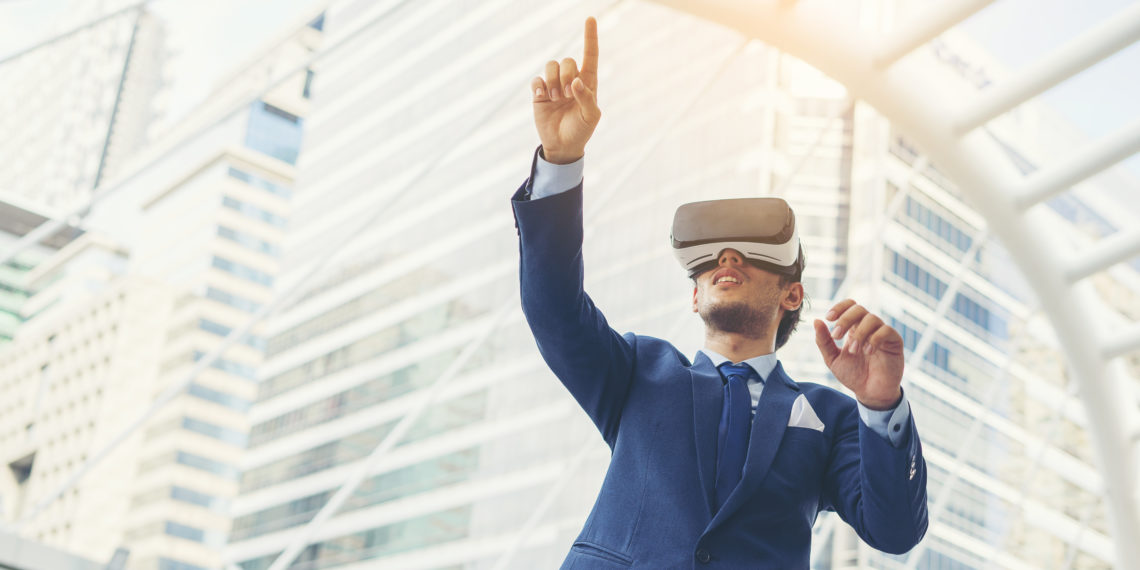How 3D Virtual Tours Can Take Customer Experience to the Next Level
The idea of using virtual reality to showcase a 3 dimensional space is a no-brainer. Photographs and videos may help to convey a sense of what a particular space looks and feels like, but they miss out on a sense of scale and sound. Virtual reality offers a far more intuitive, experiential and memorable way for someone to navigate a space without actually being in it. We at Andrew Lucas Studios, a cutting edge London-based integrated consultation, design, installation, troubleshooting and support agency for smart homes and VR/AR technology, aim to radically change the way businesses share visual concepts.
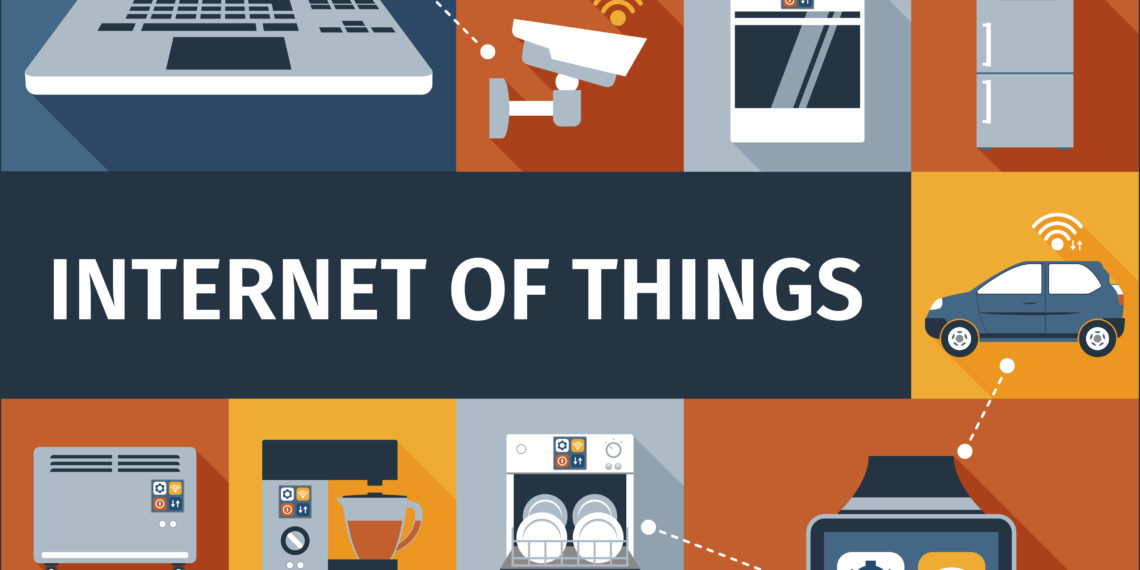
Here’s how you can make full use of new VR technology to impress potential customers:
- Use a VR platform
Whether you are an architecture firm, an interior designing firm or a property marketing agent, you will want a potential client or customer to experience a vivid, lifelike and immersive rendering t(with ultra-realistic lighting and audio effects) of the space you have so carefully constructed. You can use any of the existing VR platforms – the Oculus Rift, HTC Vive, Samsung Gear VR and even a desktop browser – to create a customized virtual tour, depending on the scale of the project at hand.
- Choose between VR Pro and VR Lite
VR Lite should be your choice if accessibility is crucial to the project. The VR Lite experience allows clients and customers to navigate the VR tour from wherever they are, using either a desktop or a VR headset. You can create fixed vantage points throughout the tour to help focus their attention on the project’s highlights, while allowing them to make their way through the visual experience at their own pace.
On the other hand, the VR Pro offers a more hyper-realistic rendering of the space. You can make specifications on finer details like environmental effects (lighting, weather, time of the day, etc.) to bring the viewer as close to the actual site he or she can be without physically being there.
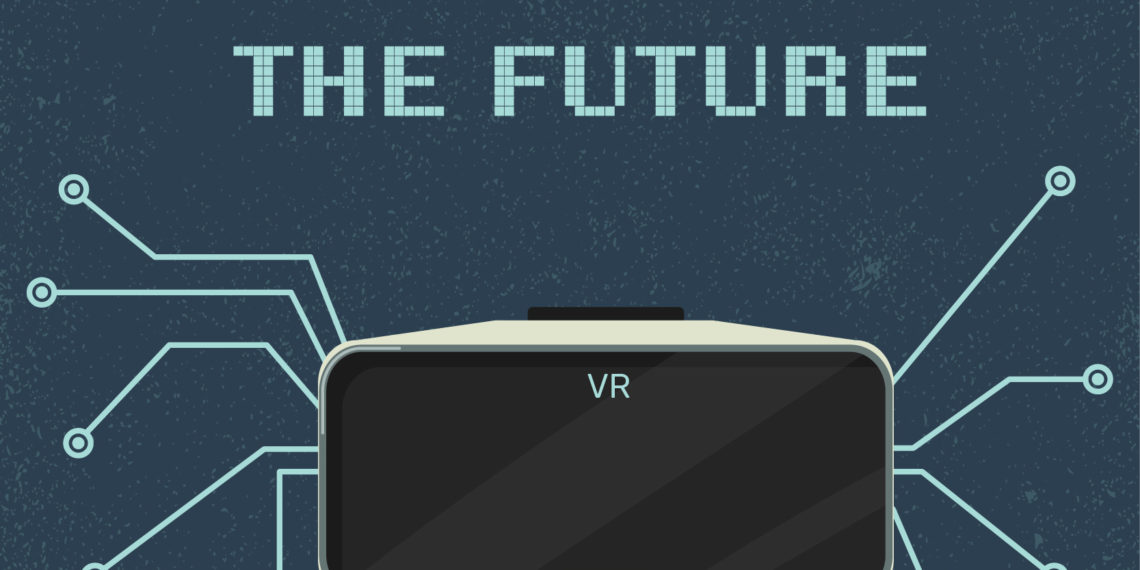
- Give viewers control over the experience
The beauty of VR is that it allows viewers the opportunity to take in the details according to their own preferences and pace. Instead of being forced to pay attention to certain aspects of the project, viewers will have more control over how they direct and focus their time and attention.
- Make it interactive
Think of the many number of computer games that allow players to customize an avatar’s physical characteristics and fashion choices. Interior design firms and property marketing agents can allow clients and customers the same interactivity with the furnishings and aesthetic choices within a residential or commercial space. They can opt between different colour schemes and furniture choices and experience the difference each option makes before making their final decision.
To make the process even more enjoyable, you can strategically place interactive elements throughout the virtual tour, allowing viewers to access additional information and design features if they wish to do so.
If you would like to gain a better understanding of how a VR tour can add another dimension (literally and figuratively) to your sales, marketing and outreach operations, you can book a VR demo with us here.
What Augmented Reality Design Can Do for Your Design Business
The phenomenal success of Nintendo and Niantic Labs’ Pokémon Go since its launch in July 2016 has left many wondering about how AR (Augmented Reality) can be utilized in ways that can captivate the world’s imagination (and increasingly limited attention spans). The technology may be mostly associated with gaming and entertainment for now (while its applications in policing, education and advertising are being explored), but there are also ways for design and architecture firms to incorporate it into their everyday operations.
AR’s capacity to create realistic and fully-formed 3D simulations offer architects and designers a way to breathe life into complex design ideas. Instead of constructing time-intensive and costly miniature models of new projects (or being limited to two dimensional sketches or photographs), AR can used to vividly showcase cutting-edge design projects to potential customers, clients and other relevant parties. The project will be overlaid while taking the dimensions and features of the physical room you are in into consideration, so there is no need to worry about bumping into real walls or furniture as you explore the virtual design.
AR design promises to make built-to-scale models a relic of the past. With it, viewers can zoom in and out to examine the project up close or from a distance. They can obtain a bird’s eye view, or closely examine each building, block or floor to gain a more holistic and detailed impression of the project (even when compared to existing 2D or 3D desktop design simulations). Furthermore, since the AR visualization exists in a virtual space, there is no need for a physical space in the office to be dedicated towards design visualisation.
Besides improving on the showcasing aspect of design work, AR can also provide various helpful innovations to the design process. Its natural and intuitive user interface allows various users to simultaneously engage with the design project in a more efficient and effective manner. They can use physical gestures and audio inputs to leave location-specific feedback on comments on the design.
Designers can even collaborate remotely on the project by using multiple Microsoft Hololens headsets. The changes each designer makes can be instantly viewed by the rest of the team, as holographic elements are added or removed. Everyone will also be able to see and hear one another’s reactions and feedback to these modifications. You can also rely on existing design concepts when creating your next AR design, bringing further effort and time savings into the process.
We at Andrew Lucas Studios (a London-based integrated consultation, design, installation, troubleshooting and support agency for smart homes and VR/AR technology) specifically developed the Microsoft Hololens platform to allow businesses to incorporate design-intensity AR experiences into their designing and showcasing processes. Work with us to discover more ground breaking and unprecedented ways of utilizing AR in professional design applications. Too see what AR can you for your business with your own eyes, you can book a demo with us lucas-studios.com
How Virtual Showrooms Can Take Customer Experience to Greater Heights
In January 2016, The Guardian’s Mark Walsh reported a growing trend of major online retailers – including Amazon, Warby Parker, Bonobos, Birchbox and Casper – opening brick-and-mortar stores to improve on the physical presence of their products. Besides raising awareness of the brand and capturing foot traffic, these stores also serve as important showrooms – where potential customers can look, touch, feel and try products before buying them.
A virtual showroom can recreate some of the benefits of having a physical showroom, without the limitations of being rooted in a specific physical location and possibly sky-high rental costs. Instead of browsing through two-dimensional photographs of your products, potential customers can step into the virtual showroom experience you have created and curated – simply by using a VR headset or a web browser. You can now allow customers from around the world to better experience your products and services, without being burdened by the expensive costs a physical showroom incurs. You will also not be confined by the scarcity of physical space – your virtual showroom can include your entire product catalogue if necessary.
You can incorporate fun and interactive features for each customer (e.g. the opportunity to personalize the virtual showroom’s ambience, décor and lighting), allowing them to intuitively browse through all your product offerings at their own preferred pace. These features would be extremely useful for selling furniture and interior décor products, since customers will gain a better sense of how these products would fit into the contexts of their own living spaces.
On the other hand, there is also the option of including virtual avatars that will guide customers through the virtual showroom. These avatars can provide more details on specific products and demonstrate how they function, adding a further dimension of interactivity to the process. They could direct the viewer’s experience towards particular products that your company would like to highlight.
Your virtual showroom can also be used to enhance your marketing presence at exhibitions and events. Instead of showcasing a limited number of products in the booth space allocated for such events or relying on a short 2D video or pamphlets, you can invite viewers to put on a VR headset and gain a far more meaningful engagement with the products and services you wish to showcase.
By creating an immersive, memorable and informational virtual showroom experience, you can create a formidable positive impression of first-time clients – thus encouraging them to share the knowledge of your brand and products to their family and friends.
We at Andrew Lucas Studios – an integrated consultation, design, installation, troubleshooting and support agency for smart homes and VR/AR technology – are wholly invested in the idea of using interactive virtual demonstrations to create more meaningful engagements with customers, clients, and even your own employees (e.g. during complex workplace training exercises). To further discuss how a virtual showroom can improve your business and marketing operations, you can book a demo with us here.



